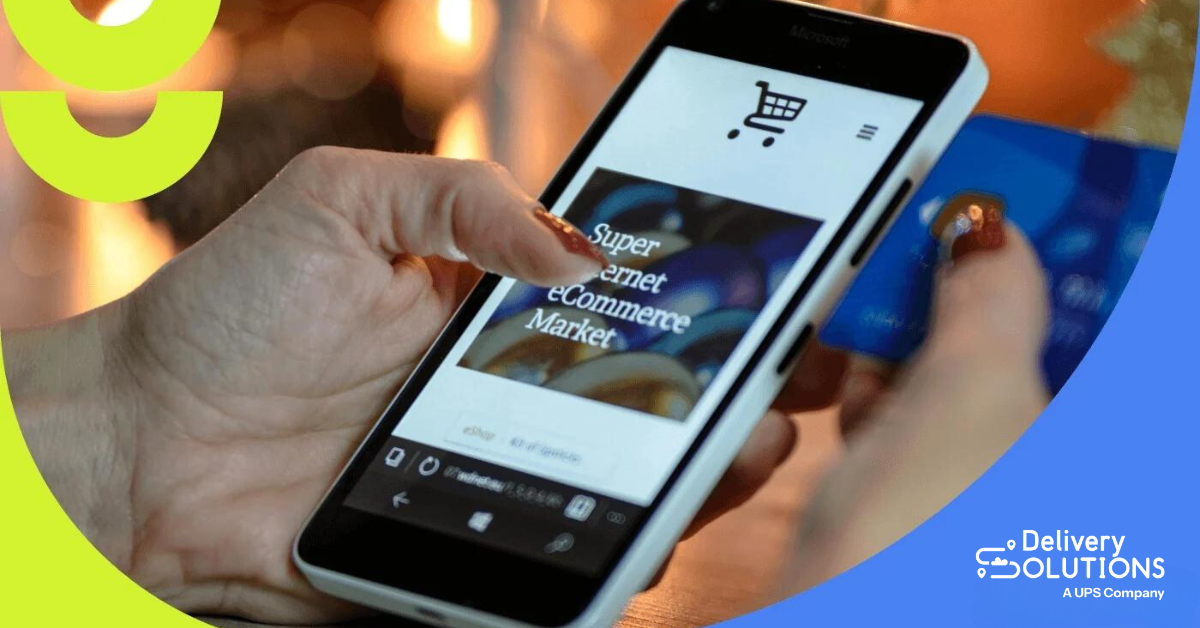You know that feeling when you finally click "place order" after filling your online shopping cart?
That rush of dopamine. The anticipation of receiving your coveted items. The satisfaction of a purchase well made.
Brands spend endless energy perfecting the path to checkout. Optimizing forms, simplifying payments, suggesting impulse buys. All to maximize conversion.
But what happens after the order confirmation page?
For many retailers, it's a scramble. A tangle of disjointed tracking links, mismatched notifications, and fragmented experiences across delivery partners. The post-purchase chaos leaves customers confused and brands rushing to clean up the mess.
It doesn't have to be this way. With the right strategies, retailers can transform the post-purchase experience from a liability to an asset.
In this piece, we’ll discuss how to make post-purchase experiences consistent, cohesive, and satisfying for customers.
We'll follow the journey of Lowes Foods as they navigate this challenge and unlock the power of optimized fulfillment.
But first, why should you even care?
The importance of consistent post-purchase experiences
Delivering a fragmented post-purchase experience frustrates customers and damages brand loyalty.

Ninety percent of shoppers think the post-purchase experience is as important as the product itself, and 86% won't shop with a brand again after two bad experiences.
When customers encounter inconsistent tracking across platforms, repetitive notifications from different sources, and a lack of visibility into order issues, it degrades the post-purchase experience.
This experience feels disjointed and confusing, leaving customers disappointed and annoyed. It gives the impression that the brand doesn't have control over the fulfillment process. And over time, these negative impressions erode trust in the brand.
Customers begin to associate the brand with frustration rather than satisfaction. They may take their business elsewhere rather than risk repeating the same mediocre experience. Even if the initial sales experience were positive, inconsistencies after purchase would degrade brand loyalty.
In contrast, a uniform, on-brand, post-purchase customer experience delights customers and can foster loyalty. Meeting customer expectations for a seamless experience increases satisfaction, trust, and the likelihood of repeat purchases.
Let's explore five ways to deliver a consistent post-purchase experience at scale for your customers.
First up: maintaining brand consistency through white labeling.
1. White label for brand consistency
A white-label product or service allows a company to deliver solutions under its brand, even if a third-party partner provides the technology.

For post-purchase experiences, white labeling allows you to consistently maintain your brand voice, tone, and visual identity throughout the customer journey.
Without white labeling, customers are forced to hop between branded tracking sites, notifications, and communications from delivery providers like UPS.
This fractures the experience and dilutes the retailer's brand presence during a crucial phase of the customer lifecycle.
Lowes Foods faced this challenge as their pickups and deliveries scaled. Though they handled the initial order intake, fulfillment tracking, and updates came from various external delivery partners. Each partner inserted their branding elements into SMS notifications and tracking sites.
Lowes Foods partnered with Delivery Solutions to implement extensive white labeling to regain control of the post-purchase branding.
Now, when a Lowes Foods customer receives a delivery notification, it comes with Lowes Foods’ branding. Tracking info directs the customer to a customized Lowes Foods tracking page where they can follow delivery status.
Even communications from the driver appear as though they originate from Lowes Foods. This unified white labeling solution makes fulfillment feel like a natural extension of Lowes Foods' shopping experience.
White labeling like this can yield the following results for brands:
- Increased brand consistency: White labeling post-purchase communications and touchpoints with a retailer's branding ensures greater consistency across the customer journey. Brand recognition and attribution improve with branding on tracking pages, notifications, and support now matching the rest of the experience.
- Improved customer satisfaction: Strong branding in fulfillment communications can contribute to customer satisfaction by creating a positive emotional connection to the brand, which can lead to higher customer loyalty and repurchase likelihood. That’s because customers perceive white-labeled, professionally branded interactions as higher-quality service.
- Greater control over the full customer journey: Beyond just the initial order placement, white labeling gives retailers more control over the brand experience through delivery and returns. Maintaining the brand end-to-end is powerful.
- Higher repeat order rates: When post-purchase interactions feel integral to the retailer's brand promise and service experience, they increase loyalty. Customers are more likely to order again when the fulfillment experience aligns closely with the brand identity.
2. Implement transparent tracking and status updates
These days, customers expect full transparency in order fulfillment and delivery. Retailers must provide tracking and status updates via customers' preferred channels, like email, text messages, and branded tracking webpages.
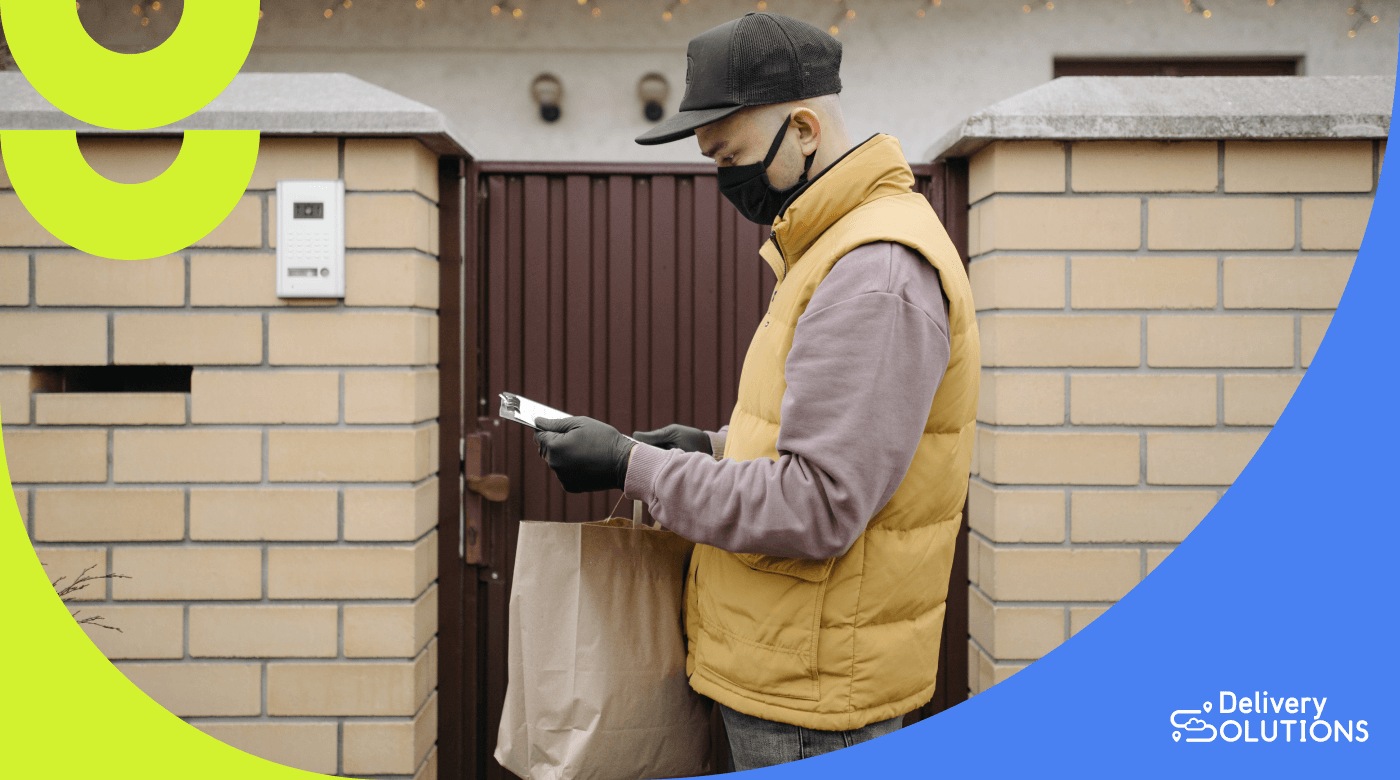
Lowes Foods initially struggled to meet this expectation, as delivery data was scattered across various providers without a unified view. Customers had to proactively check with multiple sources to track their orders.
By implementing Delivery Solutions’ order tracking and notifications, Lowes Foods delivers unified real-time updates directly to customers.
Integrations connect delivery data from all providers into a single stream accessible via the Lowes Foods app, website, and customized tracking pages.
Customers receive proactive notifications when a driver claims an order en route and upon delivery. If shipping delays occur, reasons are communicated rapidly via push notifications. Customers also have self-service access to live maps and ETAs.
Order tracking transparency like this can increase customer satisfaction substantially by providing a sense of security and control over the purchase process, thereby reducing anxiety and building trust in the brand.
It can also boost loyalty.
That’s because removing black box uncertainty in this way nurtures the customer-brand relationship. Customers will feel greater trust in your brand’s e-commerce fulfillment capabilities after gaining visibility into behind-the-scenes processes.
Do this, and order fulfillment will go from an operational process to an engaging, personalized brand experience.
3. Reduce platform hopping for customers
Platform hopping during the post-purchase experience can be frustrating for customers. When customers have to navigate across multiple platforms to track orders, view status updates, and communicate with retailers, it creates a disconnected experience.
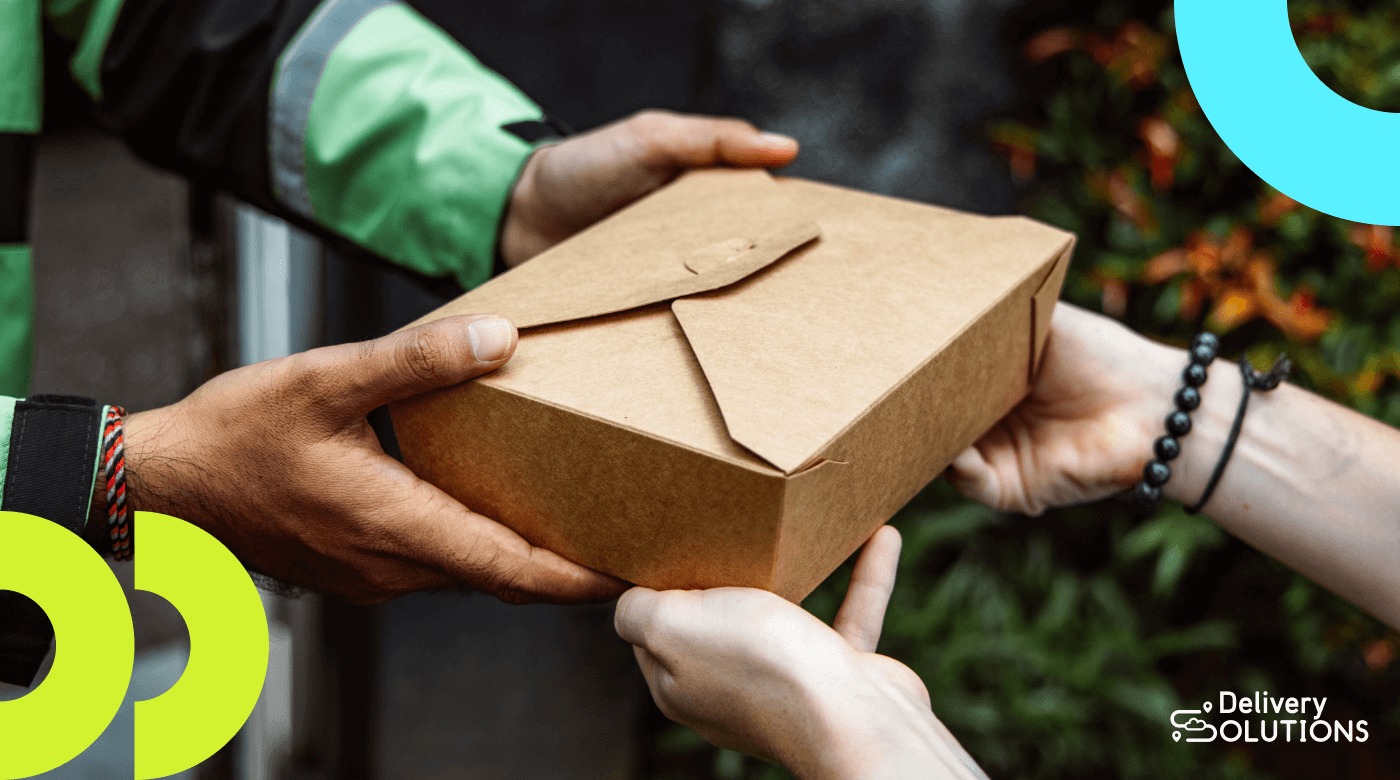
Platform hopping forces customers to expend extra effort to get information or support. This friction hurts customer satisfaction and loyalty over time.
In the case of Lowes Foods, guests previously had to hop between various delivery provider platforms to track orders. This made the delivery experience feel fragmented rather than seamless.
To solve this, Delivery Solutions implemented a unified system that enabled Lowes Foods to orchestrate last-mile delivery and host branded tracking pages.
Now, guests can view real-time order tracking, driver details, and interactive maps in one place.
Reducing platform hopping in this way provides several key benefits:
- It enables consistent branding throughout the post-purchase process: A unified tracking and communication system allows retailers to maintain their branding across notifications, tracking pages, and customer support interactions. Consistent branding improves recognition and attribution.
- It increases customer satisfaction through frictionless experiences: Removing the hassle of navigating different platforms for order tracking and support requests increases satisfaction. Customers appreciate a frictionless, exceptional post-purchase experience.
- It improves the ease of tracking orders through a centralized system: A single tracking page and notification system make it simpler for customers to monitor their order status. No more hunting across multiple platforms or tracking numbers.
- It prevents customers from navigating multiple platforms: Customers shouldn't have to visit separate carrier sites, retailer portals, and other platforms to get delivery updates or find information. Consolidating these functions reduces customer effort.
- It reduces customer effort to get updates or find information: A unified tracking system minimizes the work customers have to do themselves to get order status updates. Proactive notifications further reduce the effort needed to stay informed.
- It builds trust and loyalty by removing pain points: Removing platform hopping as a friction point builds trust in the retailer's brand. A smoother, outstanding post-purchase experience makes customers more likely to make more future purchases.
4. Automate notifications
Automated notifications play a key role in streamlining post-purchase communication. Sending automated order confirmations, shipping alerts, and delivery notifications ensures customers stay informed without extra effort from retailers.
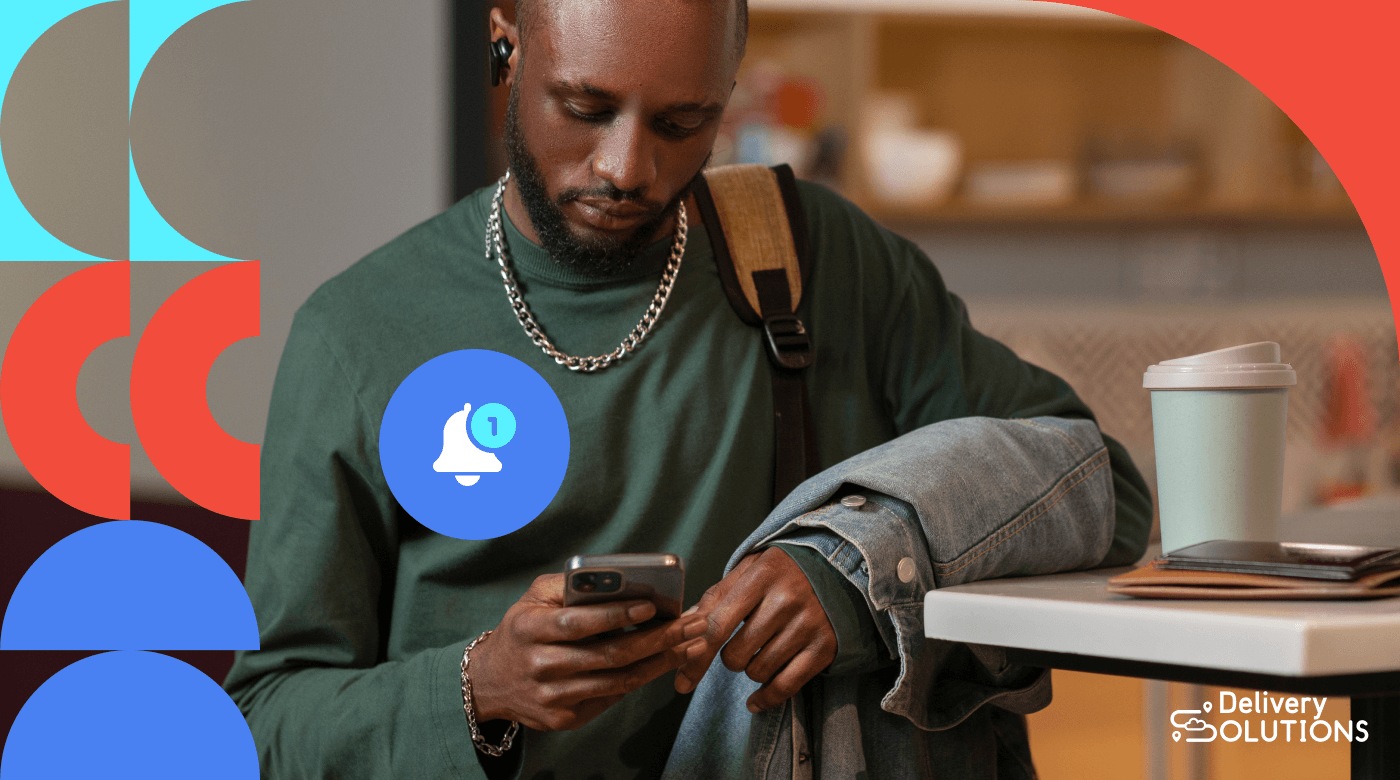
Lowes Foods leveraged automated SMS and email notifications through the Delivery Solutions platform. Now, guests receive automatic updates on their order status, delivery provider details, estimated arrival times, and real-time tracking.
Automating post-purchase notifications provides several benefits:
- Improves communication efficiency: Automated notifications eliminate the need for customer service staff or retail personnel to manually send order status updates. This removes the time and effort required to field inquiries and proactively notify each customer individually. Automation allows staff to focus on more value-adding tasks.
- Enhances the customer experience: Customers feel more cared for when they receive proactive notifications about their orders instead of continually checking for updates. The experience feels more premium, personalized, and hassle-free.
- Drives operational improvements: With post-purchase notifications handled automatically, retailers can reallocate staff who previously handled manual notifications to focus on other initiatives that optimize operations and boost efficiency. Taking repetitive tasks like order updates off their plate gives staff more bandwidth.
- Allows for hyper-personalization: Automated notification systems can incorporate individual customer data and preferences to tailor messaging. Personalized subject lines, customized product suggestions based on order history, and more relevant offers build loyalty.
- Enables faster resolutions: Instant order status notifications give customers more transparency into potential shipping delays or issues. This allows them to proactively address problems sooner rather than waiting for a customer service response.
- Improves data collection: The data from notification systems provides useful insights into post-purchase customer behavior and pain points. Retailers can analyze this data to identify friction in the customer journey and inform efforts to optimize the experience.
5. Reduce friction points and WISMO
WISMO stands for “Where Is My Order” and refers to customers inquiring about the status of their purchase post-checkout.
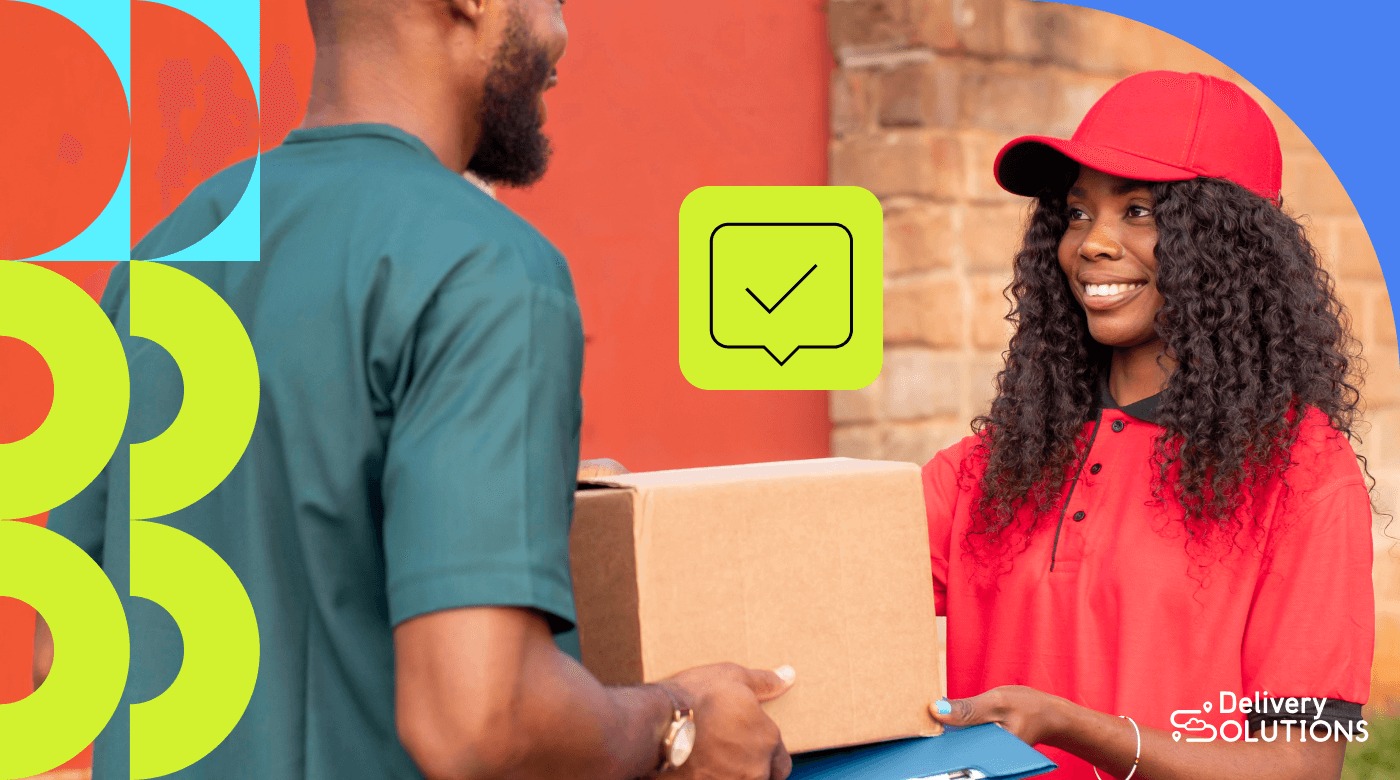
A high WISMO volume indicates friction in the buying journey. It means customers lack visibility into order tracking and delivery. This frustration erodes customer satisfaction over time.
For Lowes Foods, one source of WISMO inquiries was platform hopping. Guests struggled to get delivery updates as they navigated multiple systems. Delivery Solutions implemented its omnichannel platform to fix this.
Now, Lowes Foods guests enjoy automated SMS and post-purchase email notifications with real-time order tracking. This provides full transparency into each order’s status without any effort required. Reducing friction in this way dramatically decreased WISMO volume for Lowes Foods.
Some key benefits of lowering friction points and WISMO cases include:
- Increased customer satisfaction: Removing post-purchase hassles and giving customers real-time order visibility greatly improves satisfaction. Customers appreciate the transparency and lack of friction.
- Reduced inbound inquiries: Fixing pain points in the post-purchase journey means customers have to contact support less frequently about delivery delays, missing tracking info, and other order issues. Every call avoided means cost savings for retailers.
- Improved operational efficiency: With fewer customer inquiries, customer service teams can spend time on more value-adding tasks than chasing down WISMO cases. Streamlining operations is a major efficiency gain.
- Higher loyalty and retention: Creating a consistently positive post-purchase experience for customers builds trust and keeps them coming back. Experts recommend retailers minimize customer effort to drive repurchases.
- Lower customer effort: Automated order status updates via SMS or email reduce the work customers have to do themselves to track their delivery. It's about making things easy for shoppers.
- Enhanced staff morale: Taking the burden of manual notifications and status updates off staff makes their jobs less frustrating. Removing these types of repetitive tasks is a big morale boost.
- Better use of data: Collecting and analyzing data on common customer friction points allows retailers to pinpoint areas for improvement in the post-purchase journey. Data enables targeted optimizations.
Conclusion
The partnership between Lowes Foods and Delivery Solutions shows how focusing on the customer experience post-purchase can have a big impact.
Lowes Foods made its operations more efficient through white labeling, transparent tracking, streamlined platform experiences, and automated notifications. More importantly, they greatly improved the experience for customers.
For any business looking to build long-term success, paying attention to the nuances of post-purchase strategy is vital.
To see how Delivery Solutions can improve your brand’s post-purchase process, book a demo today. Experience firsthand the impact of these strategies on your business and customer relationships.
Caitlyn Metzker
Caitlyn Metzker, a professional with 9 years of experience, brings a wealth of insight to her Sr. Enterprise Account Executive role. As a University of South Carolina graduate, Caitlyn has honed her skills within the industry previously with Roadie and Kabbage. Originating from Philadelphia, her multifaceted interests include traveling, hiking, soccer, swimming, and boating, reflecting her adventurous spirit. Her favorite getaway is the picturesque Kauai, Hawaii. Caitlyn's business philosophy underscores the importance of continuous learning, as she believes that "there is always more to learn; absorb as much as you can." When not devising groundbreaking strategies, Caitlyn unwinds by delving into books or enjoying the serene beach. Adding a unique touch, she cherishes the privilege of occasionally working alongside her sister and mother as part of the UPS Digital family. Caitlyn's profound industry knowledge and passion make her an invaluable asset to our B2B SaaS sales and marketing team.
Topics from this blog: Delivery Efficiency Ecommerce
